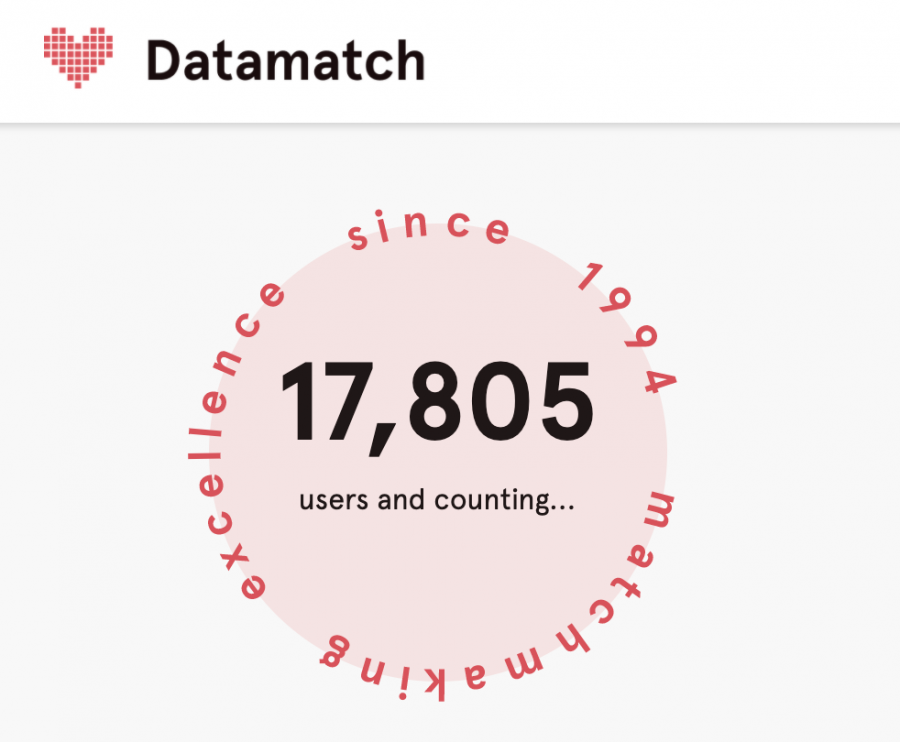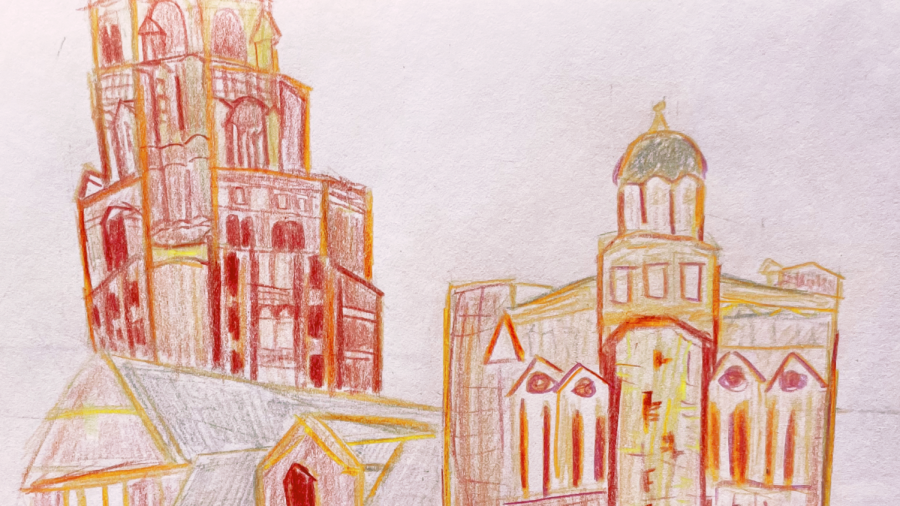In fourth grade, while my peers played outside, my best friend and I sat huddled at her mom’s computer scrolling through the Forbes college ranking, already imagining matriculating. I know it sounds crazy. It’s surely the sign of a misspent youth. But, as the daughter of a college professor, college was always at the forefront of my mind. So you can imagine how obsessive I became when it actually came time to apply for college. I had literally been waiting my whole life for this moment. I poured over Prepscholar, article after article, watched with rapt attention all of SupertutorTV’s videos, and when I settled on Vanderbilt, stalked Elliot Choy’s YouTube channel incessantly.
But my favorite thing to do was watch videos in which people discussed viewing their college admissions file. This, I felt, was the one chance I had to pull the curtain back and see what really goes on in the college admissions office. One online post I visited obsessively was by Allen Cheng, one of the founders of Prepscholar. He posted his Harvard admissions file online, and I must have visited that link over 100 times.
When I got into Vanderbilt, I immediately fantasized about viewing my own file. Was my essay the perfect balance of intellectual and quirky that I had hoped, or did I come off as pretentious? Probably the latter. Were my extra hours spent as a writing tutor worth it? Or would they have been better spent finally watching “The Crown?” Did the fact that my interviewer and I wore matching leopard print shoes help my case?
Under the Family Educational Rights and Privacy Act, or FERPA, college students are entitled to view any admissions materials that the college has on them, including their admissions file. Within my first few weeks on campus I sent a request to view the documents, my excitement piqued. I remember well the overwhelming sense of anticipation I felt when I clicked on the link that would enable me to access my file virtually and spill the secrets I’d long wanted to know.
So you can imagine my disappointment when I finally got to view my file and found that it was nearly all information I had seen before. It was essentially just the PDF of my Common Application that I have saved on my computer, including the same college essay I had wondered about and the same test scores and transcript I had submitted. The only new information was a one page chart that rated me numerically in four categories: AR, PR, SF and OR. I’ve spent hours playing detective or archaeologist, trying to decipher the mysterious marks and symbols, the meaning of which is known only to admissions officers.
My mind went in all sorts of directions. I thought I’d cracked the code when I realized that these could all be place names. After all, SF was probably meant to measure the number of times I’d been to San Francisco; likewise, maybe OR has something to do with Oregon, PR for Puerto Rico and AR for Arkansas? After learning that I was in Solange’s .001 percent of listeners in this year’s Spotify Wrapped, one of my friends suggested that SF stood for “Solange Factor”—in which case, it’s no mystery how I got in (in fact, I mentioned her in my essay). I’ve since concluded that AR likely stands for something like Academic Rating, and PR for Personal Rating. But what about the other letters, legible only to admissions officers? According to Urban Dictionary, OR means “overrated.” Is that what they thought of me?
If anyone has any ideas about what these symbols might mean, please leave them in the comments section. I would be most appreciative.
The reality is that looking at my file told me virtually nothing.
And even though I am able to see my numerical ratings for each of the four symbols, I have no idea what the maximum score is. And besides, where were the personal touches—the note from my interviewer, comments from my admissions officer and markings on my application that would show what stood out?
Many of Vanderbilt’s peer institutions have taken to deleting files and records pertaining to accepted students in anticipation of requests in order to avoid sharing their actual comments or any of the “holistic” sausage-making of the admissions process. Following a sudden influx of requests in 2015, for example, Stanford changed its policy and began deleting many materials it would previously have kept. And in response to both the Varsity Blues scandal and the recent lawsuit against Harvard, in which unsuccessful applicants accused the school of racism in its admissions process, many schools have shied away from sharing information in order to avoid the possibility that it be submitted as evidence in a lawsuit.
Thus, I can understand why colleges wouldn’t want to share any element of its admissions materials with its students that might be, whether justifiably or not, admissible in court. And, as someone who obsessed over her college process to the point that it caused physical illness, I understand the dangers of putting too much stock in what my admissions officer thought of the version of myself that I crafted for her.
I can hear the arguments against greater transparency already: viewing details of your college admissions file once you have matriculated is going backwards, it keeps you in a high school mindset, and it creates counterproductive stress and competition among students who have already been admitted. While I recognize the validity of these concerns, I nevertheless propose the opposite. More transparency in the college admissions process, not less, is the best way to alleviate stress.
Doug Christiansen, Vice Provost for University Enrollment and Affairs and Dean of Admissions and Financial Aid said in an interview with The Hustler, “Vanderbilt is very transparent about and is proud of our contextual-based holistic admissions process —we are very open about the factors that we use in the evaluation process.” Although he is certainly right that it’s common knowledge that Vanderbilt evaluates applicants based on their academic record, perceived character through letters of recommendation and their essays and extracurriculars, the cryptic acronyms, SF, OR, AR and PR, are not transparent to me.
For many students, their first few months and potentially their entire time in college is characterized by feelings of inadequacy and impostor syndrome. I was excited to see my admissions file, not only to make sure my painstakingly-crafted easy-going persona and effortlessly-intelligent, witty and unique personality shone through, but also because on the days that I feel I don’t belong at Vanderbilt, it would be nice to be able to remind myself that there is an identifiable reason I was accepted—that it wasn’t a fluke.
Vanderbilt’s admissions process isn’t easy. But as we like to say here: it’s a Top 15 school without the Top 15 stress and competition amongst students. Once we’re in and aiming to reduce stress, what is the point of a shadowy, secretive admissions process? Why not pull back the curtain and allow us to learn from our mistakes and triumphs in applying to college—lessons that we can take with us as we apply for internships, graduate school jobs and beyond? Maybe I need to brush up on my interview skills? Perhaps my extracurricular descriptions were too choppy and lacked personality? It would be fruitful to gain this insight now that the fear and pressure of my admissions decision is gone.
I hope Vanderbilt decides to increase transparency in this process, but in the meantime, I can only offer some advice to future Vandy applicants: Take a roadtrip to Oregon and listen to Solange on the way.









